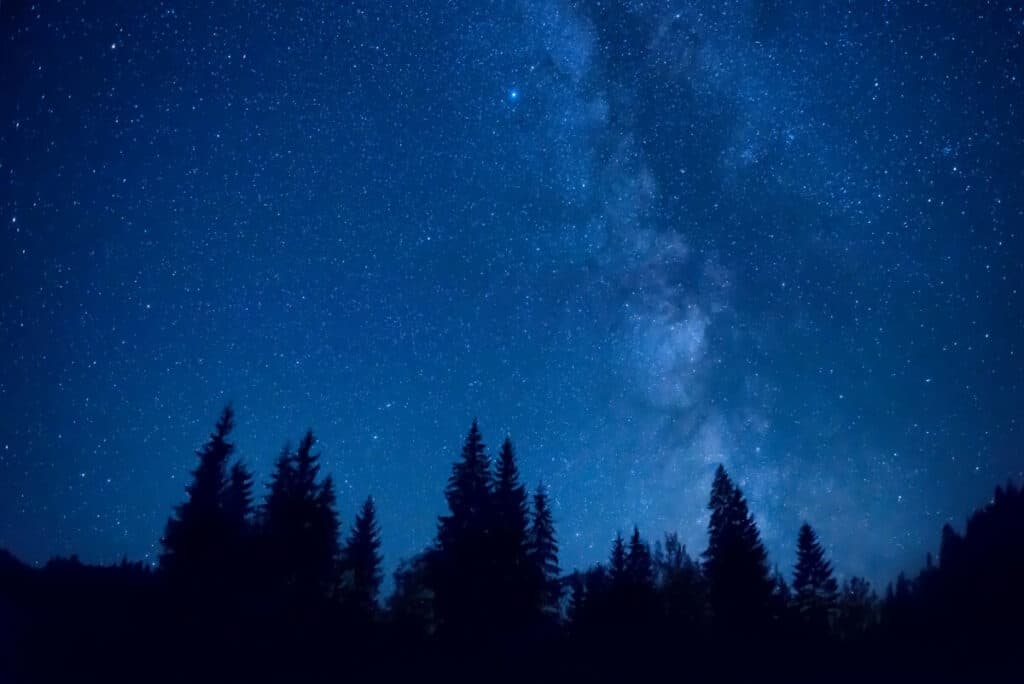
Houston happens to have some excellent national parks, state parks, and other recreational areas nearby, some a mere hour drive away. Options include experiencing the nine different ecosystems of Big Thicket to spotting turtles on Padre Island to stargazing at the observatory at Brazos Bend!
Here are the best camping sites near Houston:
- Big Thicket National Preserve
- Padre Island National Seashore
- Big Bend National Park
- Brazos Bend State Park
- Glavestone Island State Park
- Yogi Bear’s Jellystone Park
- Cagle Recreation Area
Learning about and choosing a place to go camping is important factor that could make or break your trip. Your location should be safe, fun, and accessible, especially if it’s a family camping trip. Be sure to book as early as possible; these places are popular. Also, be prepared for missing conveniences like cell reception, restaurants and showers. A satellite locator may be a good safety investment.
Big Thicket National Preserve
Big Thicket National Preserve is only a three hour drive from Houston, Texas. It is a place of great diversity where you can explore wetlands, canyons, deserts and savannahs and take a moment or two to spot the abundance of plants and animals like the carnivorous pitcher plants along the trail. Big Thicket has a total of nine different ecosystems that all converge in this one area in the state of Texas. This is an extremely rare and wild place and is therefore a huge draw for nature-loving solo campers and families alike.
There are almost forty miles of trails to hike, ponds and rivers to paddle in. Rangers are available for guided hikes, canoe trips and other events. This large ecosystem makes it incredibly easy to find something that everyone will find interesting. Kids may especially enjoy exploring the park by boat. The Junior Ranger Program and 4th grader (and family) free entrance vouchers from the Every Kid Outdoors program are two things families should take advantage of at this federal preserve.
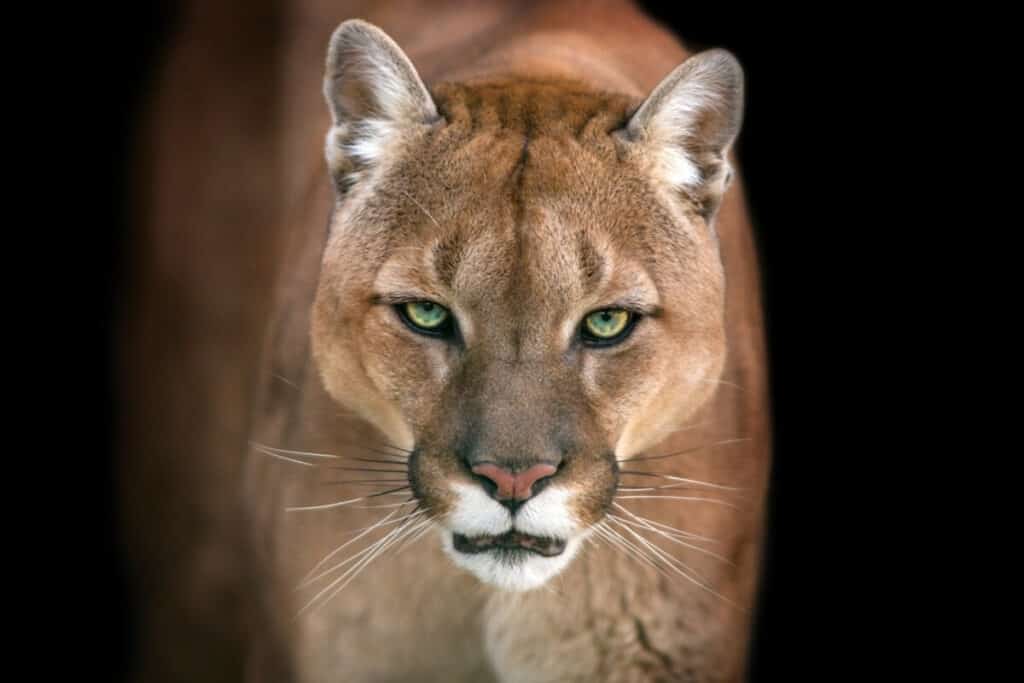
Camping in the Big Thicket National Preserve is quite unique as there isn’t a set camping ground. This means that campers will have to bring in and haul out all of their gear, including food, cooking, sleeping gear, and more. While this might make it a bit less hassle-free, it does actually give one a better chance to experience and appreciate the wildness of the place.
All in all, the wide variety of activities and nature that the Big Thicket National Preserve showcases is more than worth the trip that it’ll take to get there. Admiring such a unique ecosystem coming together will be really informative and cool for kids and adults!
Padre Island National Seashore
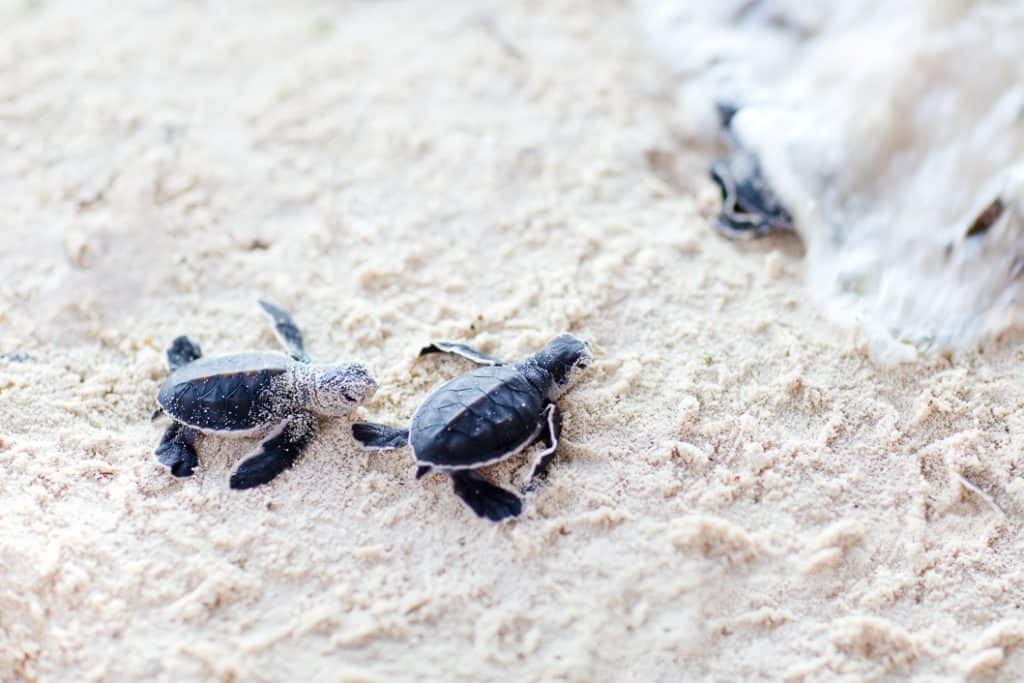
This park is a unique one as it is a stretch of nearly seventy miles of sand dunes, beaches, and nature. It’s a beautiful area that protects the vital nesting ground of all five sea turtle species found in the Gulf of Mexico. The exceptionally warm waters of Padre Island also encourage visitors to spend time doing water sport like wind sailing.
The island itself can be camped on, and island activities include fishing, swimming and bird-watching. For younger families, camping on a body of water can pose some safety challenges. Sand bars may give kids a false sense of security, so they should be supervised by adults at all times. The campsites are primitive, so bathroom breaks may also take some effort and planning. The island is known to be windy, so be sure to secure your stuff properly if tent camping.
This park is a bit of a further drive from Houston at four and a half hours to the south. While this isn’t too bad, it’s another reason it’s not quite as kid friendly as the other parks included in this article.
The amenities in this park may be lacking, but the weather, beaches and the scheduled turtle hatchling releases definitely make up for it. It’s not often that ocean waters as are warm as they are here, and with the right breeze, any sort of southern heat becomes pleasant, resulting in a nice afternoon enjoying the marvels of island nature.
Big Bend National Park
This huge national park is more of a wildlife sanctuary given the almost unforgiving terrain that houses rare species like the Colima Warbler bird. It’s a great place to go to watch wildlife, and while not entirely hospitable with raging heat in the summer and frigid cold during the winter, it is still a beautiful piece of land that does little to justify the natural beauty of the land.
While camping is allowed, it is along the lines of back country camping with no clear area of where to camp. Usually the rules when this occur are to pack out what you pack in and be respectful to the nature and wilderness around you. This is crucially important especially in a national park or any sort of reserve or preserve.
Now, this wide area is great for camping, but as far as distance, this is more than ten hours away from Houston. It might be worth a trip especially if any in the party of campers happen to be avid hikers. Another unique part of this national park is that it tends to be friendlier towards a horseback riding expedition and there are sometimes services or companies that will engage in getting travelers to ride their horses.
The thing to be wary of is that it is straight out, raw nature. This means that wildlife roams free and while it is amazing to see, it is very much still wild. Some predators, including but not limited to Mexican black bears and mountain lions are all over the piece of land. It’s not a solo camping area for sure. Beyond your average dangers of snakes or scorpions and other desert wildlife, these predators can pose a danger to campers and adventurers.
Simply follow what any rangers or officials state, and a trip to this park could be the dream trip for the party who comes camping. Make sure when camping to bring the appropriate amount of water, especially in an ecosystem and biome that is largely desert. Dehydration can be dangerous, not just for the wildlife, but especially for campers and hikers.
Brazos Bend State Park
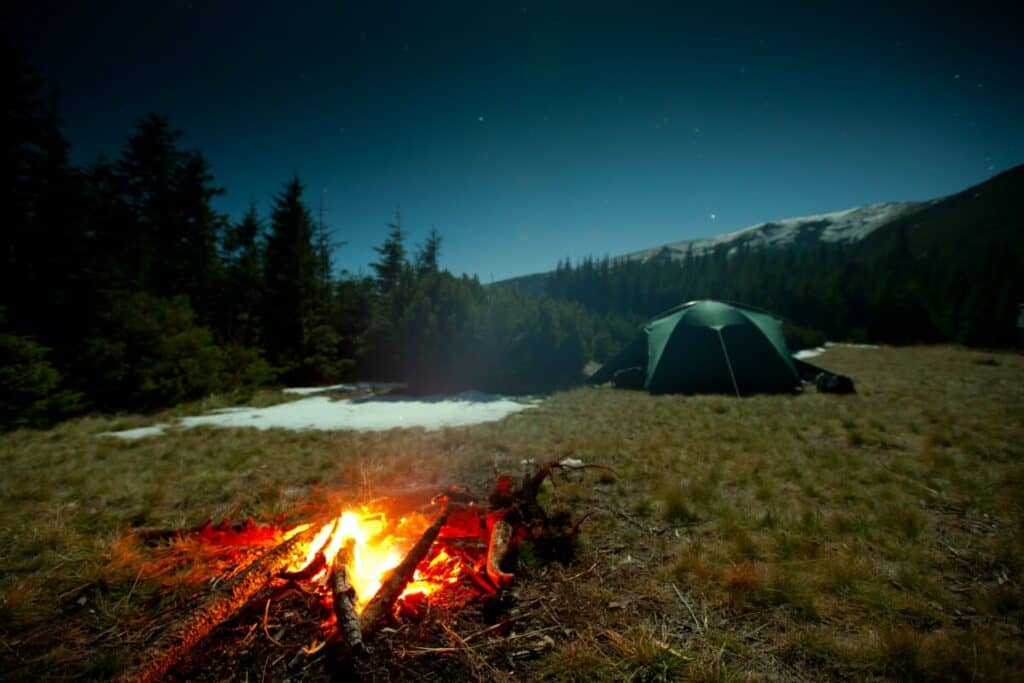
If rugged nature isn’t your style, Brazos Bend State Park will be much more your speed. It has a wide array of camping available, and even what some might call glamping. With cabins available as well as spots for RVs, more cultivated camping spots, and even primitive camping spots, it covers a wide base of options for those craving that outdoors and leaves little to the imagination when providing the most of what they can offer.
Another great plus to this location is that it is less than an hour away from downtown Houston! It’s so close and so easy that it’s a lot less of a trip to undertake than a three hour car ride to a national park. It has slower style activities at the fingertips of any who is interested in that and over forty miles of hiking, biking and horse riding trails.
And if that wasn’t enough? It’s also near enough to the George Observatory that stargazing is popular in the area. Stargazing in Texas’s more nature filled areas is actually quite fun and the Texas natives will be happy to show you what the night sky looks like on a clear night. Some have even reported being able to see the Milky Way!
The Observatory is part of the Houston Museum of Natural Science, and even that, so close to nature, can be a great resource to gain more knowledge and entertain kids in the coolness of an indoor space while still having access to a whole outdoors only minutes away and with the added bonus of sleeping out under the stars, if that’s what you like. Having the ability to get an RV into the area broadens the audience quite a bit and a wide variety of people can enjoy nature more readily.
Glavestone Island State Park
Only an hour away from Houston, this beachside camping park is one of several in the state. Oftentimes, campers and hikers will forget that there is beachside camping as well as regular camping. And it can be just as fun, if not more engaging to a specific group of people. There’s a wide variety of activities available ranging from more strenuous to peaceful and peace-filled for relaxation out on the beach. It’s a diverse area and gives just as much in terms of exciting activities as any other park.
There’s the possibility of biking, hiking, fishing, and even kayaking. Water activities can sometimes be rare to find in an area that welcomes them since a lot of preserves and parks dislike fishing. The specific coding on fishing can change from area to area, but the most common is usually catch and release. Make sure to be aware of what that looks like when packing for this trip, but rest assured that it’s an activity that can be done and enjoyed on the beaches of Glavestone.
There is beach and bayside camping available, and even if you’re not a camper? There are lodges from the park that can be rented if that’s the way someone wants to go. It keeps nature and the outdoors close, but the enjoyment and comfort closer.
Yogi Bear’s Jellystone Park
Looking for something a bit more geared towards kids and keeping them entertained? Somewhat less centered on nature? Then Yogi Bear’s Jellystone Park might be the place to take the kids. They offer camping and RV options and are able to be reserved ahead of time as opposed to first come first serve. The park itself is based off the famous childhood character, Yogi Bear, as the name suggests. It also has more of an emphasis and focus on activities than other parks.
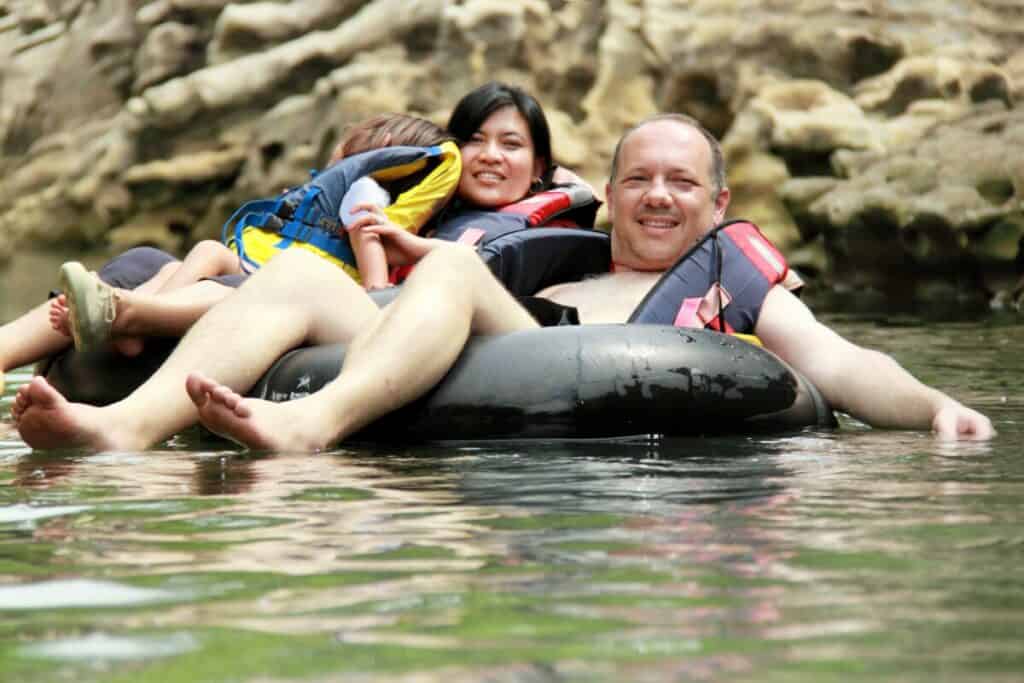
During the summer, there is access to a waterpark, lazy river included, a wide variety of sports such as miniature golf and volleyball as well as a fishing lake and even a theatre. Now, this is definitely not traditional camping, but if it’s something to get out into the outdoors for more than a few minutes each day, that’ll be better for younger kids or kids who don’t enjoy the outdoors as much as some other youngsters might.
It’s only an hour away from downtown Houston, and while it is a park. It doesn’t have quite the same outdoorsy as some others in the article. It’s an option for sure, especially with restless children, but nature isn’t always just about the elements, but the plants and the animals as well.
Cagle Recreation Area
This area is a bunch of day-use and overnight campsite areas that sit right against a lake. This is great for those really into water activities and eager to get outdoors while also remaining cool. This is usually a reservation based area and there is a small fee to help keep the grounds operating throughout all seasons.
Additionally, there is hiking and biking trails nearby that allow for a wider variety of activities. The lake is also known to attract the fishing crowd for a black bass. As far as amenities go, the recreation area is proud to have fire pits and picnic tables at the individual camping sites, giving it a bit more of an official feel rather than a primitive or outback camping style.
Recreation in an area like this is a lot easier to feel connected to nature. Oftentimes the entire draw to going out to camp is to connect with nature and get away from the electricity and the suck of a computer and the day to day existence that can turn monotonous. Hiking is a great way to really engage in nature when camping and a few safety tips will help keep it a safe and enjoyable activity.
Make sure to look over the trail before hiking it, have enough water with you, and remember hiking etiquette. Always bring buddies or make sure there is a way to contact you or be contacted through the use of a walkie talkie or other. Above all, have fun and be respectful of the nature around you.
